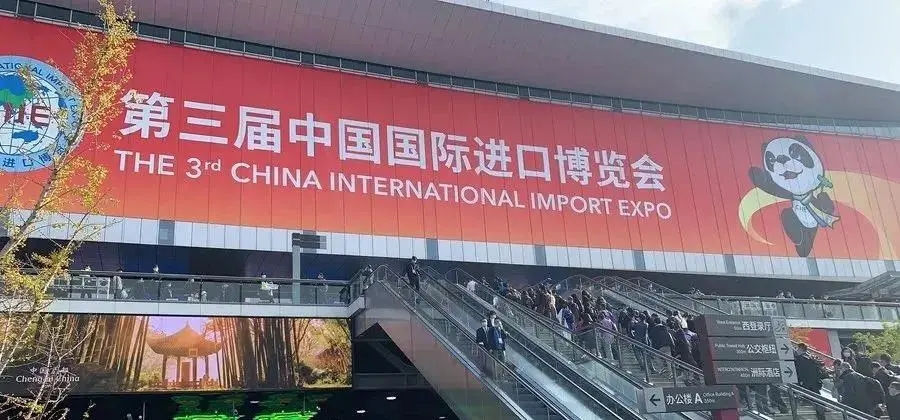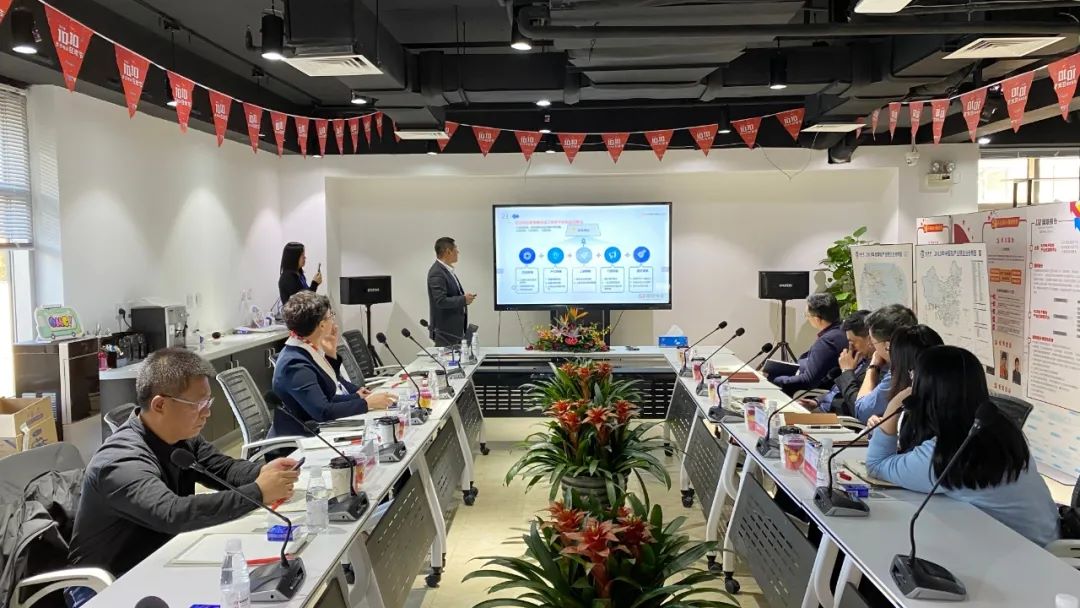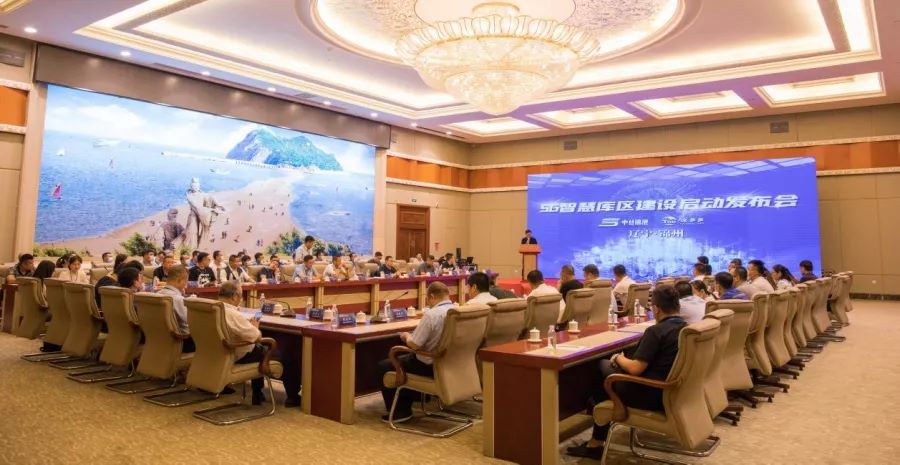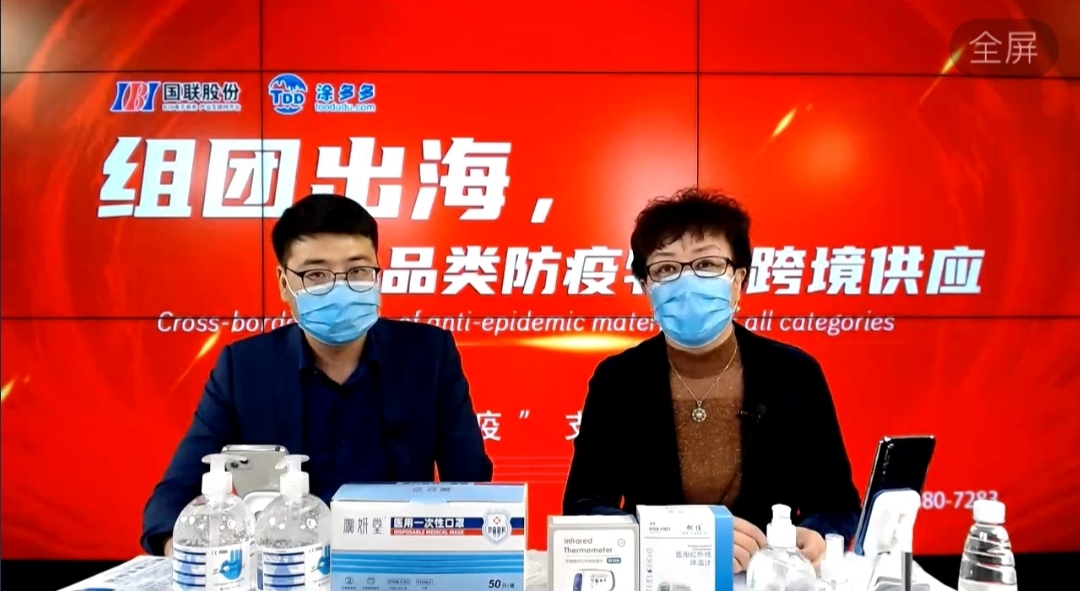Global tire industry storm: big brands closing factories
Thunder exploded, and the global tire industry is experiencing an unprecedented violent shock.

Recently, a news about Michelin closing its French factory exploded in the industry. Its two factories in France, Cholet and Vannes, are facing the fate of closure. Michelin said that about 12% of the employees in these two factories, or about 150 people, applied for other positions provided by Michelin through internal mobility.
The group will provide them with financial and logistical support, such as mobility and adjustment allowances, as well as help in finding housing and employment for spouses. Michelin's measures to close two factories in succession have attracted attention in the industry, and this is just a microcosm of the great changes in the global tire industry.
From 2024 to the present, news of the closure of foreign-funded big-name tire factories has continued. Giants such as Bridgestone, Goodyear, and Yokohama have joined the army of factory closures. At least 12 big-name tire factories around the world have been closed or are about to be closed, and global tire giants are about to be defeated.
The wave of factory closures by foreign-funded big brands swept the world
In the past year or so, foreign-funded tire giants have not had an easy time. Michelin plans to close two French factories and lay off 1,250 people; Bridgestone not only closed its truck and bus radial tire factory in Lavergne, Tennessee, USA, laying off 700 people, but also reduced the labor and production capacity in Argentina and Brazil in Latin America; Goodyear is also suffering, with 850 people laid off at its Danville factory and 550 workers unemployed due to the closure of its Malaysian factory.
In addition, companies such as Yokohama and Sumitomo Rubber have also closed their factories one after another. For a time, the global tire industry seemed to be trapped in the quagmire of "factory closures".
Among these closed factories, there are many old factories with decades or even hundreds of years of history, such as Sumitomo Rubber's factory in Buffalo, New York, USA, which has a history of 102 years and was once one of the largest manufacturing plants in the area; Yokohama's Prague factory in the Czech Republic also has a history of more than 90 years, carrying many memories of the development of the industry. However, now they have to bow out under the impact of the market wave.
The impact of low-priced tires in Asia is the main reason
Behind this wave of factory closures, the impact of low-priced tires in Asia, especially China, is undoubtedly the key factor. In recent years, Chinese tire companies have relied on their high cost-effectiveness to conquer the global market and continue to seize the share of foreign brands.
China's annual tire production of hundreds of millions covers multiple categories such as passenger car tires, commercial vehicle tires, and engineering tires. The market competition is fierce and the price advantage is prominent. Take Michelin as an example. It clearly pointed out in its semi-annual financial report that sales have declined due to the impact of cheap tires produced in China, with sales falling by 4.4%.
Yokohama was also frank in summarizing the reasons for the closure of the Israeli factory. Compared with factories in Asia, its competitiveness is gradually lost. The low-price strategy of Chinese tires, like a sharp sword, directly penetrates the market hinterland of foreign brands, making it difficult for them to maintain their original high-price positioning in the global price system, and the profit margin is greatly compressed. In the end, they have to choose to close the factory to stop the loss.
Chinese tires have surrounded the world
Recently, Chinese tires have encountered layers of obstacles in expanding overseas markets. Relevant Canadian personnel have called on the government to launch an investigation into Chinese and Asian companies. There is strong evidence that tires from China, Cambodia and Vietnam are flooding into the Canadian market. Many places have launched anti-dumping and anti-subsidy investigations on Chinese tires. At present, Chinese tire companies have begun to roll out from the domestic market to the global market.
Under the heavy pressure of double anti-dumping, go overseas to build factories
The implementation of the double anti-dumping policy has an obvious impact on tire companies. On the one hand, exports are blocked and companies face huge market pressure; on the other hand, production costs rise and profit margins are compressed.
In this context, how tire companies deal with the double anti-dumping policy has become a difficult problem for companies. In order to avoid the impact of "double anti-dumping", Chinese tire companies began to build their own tire bases overseas.
In 2012, Sailun invested about 600 million yuan to build a factory in Vietnam, which was also the first tire factory of a tire company overseas. Subsequently, Zhongce, Linglong, Guizhou, Senqilin, Shuangqian and other tire companies began to build their own tire bases overseas.
High costs in developed countries become a burden
In addition to the external impact of low-priced tires in Asia, foreign brands themselves are also facing the heavy burden of high costs in developed countries. The closed factories are mainly concentrated in Western Europe, North America and other regions with high labor costs. The production costs of tires in these regions have increased significantly, of which labor costs generally account for about 30%, and employee salaries account for more than 70% of labor costs. In contrast, China and other Asian countries have obvious advantages in labor costs, accounting for less than 10%.
In the context of increasingly fierce market competition, high labor costs have become an unbearable burden for foreign-funded tire factories. In order to reduce costs and improve competitiveness, layoffs and factory closures have become the choices they have to make.
In addition, some old factories are also facing problems such as aging equipment, low production efficiency, and high energy consumption, making it difficult to maintain profitability in the market, which has also accelerated the pace of foreign-funded big brands closing factories.
The rise of Chinese tires coexists with hidden worries
The rise of Chinese tire companies is an important driving force for this industry change. After years of development, Chinese tire companies have experienced fierce competition in the domestic market, and their product quality and production technology have made a qualitative leap.
As the domestic market becomes saturated and competition becomes fierce, many companies have turned their attention to overseas markets, quickly opening up the market with their price advantages and grabbing a large market share.
Despite this, Chinese tire companies still face many hidden worries. Problems such as serious product homogeneity and low-price competition have already emerged in the domestic market, and are also difficult to avoid in overseas markets.
Long-term reliance on low-price strategies will not only affect the company's own profit margins and brand image, but may also trigger international trade frictions and anti-dumping investigations, hindering the company's further development.
The profound changes in the global tire industry have sounded the alarm for all companies. While the Chinese tire industry is developing rapidly, it must face up to its own shortcomings and problems.
In the future, companies should increase investment in technological innovation, increase product added value, avoid falling into price wars; strengthen brand building, improve brand awareness and reputation; optimize cost control, reduce dependence on raw material imports; focus on environmental protection and sustainable development, and promote the green transformation of the industry.
Only in this way can the Chinese tire industry achieve a transformation from "big" to "strong" in global competition, get rid of the dilemma of low-end competition, and move towards a new stage of high-quality development.









